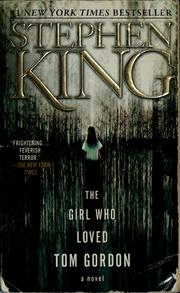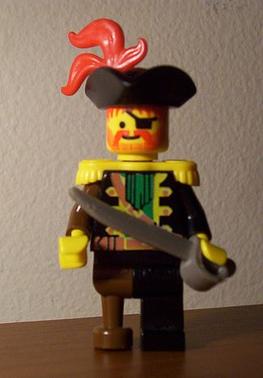Basically, Noisms suggest a spectrum of how much the Players are determining the direction of the game and how much the DM is. If the players are are mostly reactive, then the DM doesn't need to prepare as much since he knows what's coming. If the DM is mostly reactive to the direction that the players determine, then the DM needs to prepare for more possibilities.
So a superhero sandbox, where players sit around waiting for crimes to happen, would be on the far-right and a hex-crawling party of adventurers would be on the far left.
Note that both types of games are in the list of games I'd like to play.
Is it a Sandbox?
Upon reading the post, I was a bit confused about what noisms is calling a sandbox. On one hand he says:"At the extreme left are the most sandboxy sandbox games"On the other hand he says:
"The Samurai Sandbox leans towards the right."and in the comments:
"We're all talking about sandboxes here. Just different kinds"So which is it? Do sandboxes tend to be on the left-side of the spectrum or can they also be on the right? The answer lies in this line:
"A superhero game would tend to be more towards the right, even if notionally it is "sandboxy" and there is no predetermined plot or end point"The point is that noisms defines a sandbox as an open-ended game. The whole spectrum can have games which conform to this definition, but some conform to it more than others. The superhero game is a sandbox due to lack of predetermined plot/endpoint, but the plot is more deterministic from the DM's perspective, than a hex-crawl type sandbox game.
Railroads vs. Sandboxes
Another interesting quote from the article:"rail roads do not feature on the the spectrum because they are not actually games"Note that Noisms' definition of a Sandbox is basically the inverse of a railroad, which does have predetermined plot/endpoints. My question is, according to his rather inclusive definition of a sandbox, is there some middle-ground where a game is neither a Sandbox or a Railroad?
Like if I as a DM say, "I'm running module T1 for you", it's not quite a railroad, but the player choices are quite limited to within the module. I think that according to Noisms' definition of sandbox, it would not be considered a sandbox, because a sandbox let's the players make the big-decisions, whereas here it has been made for them already.











